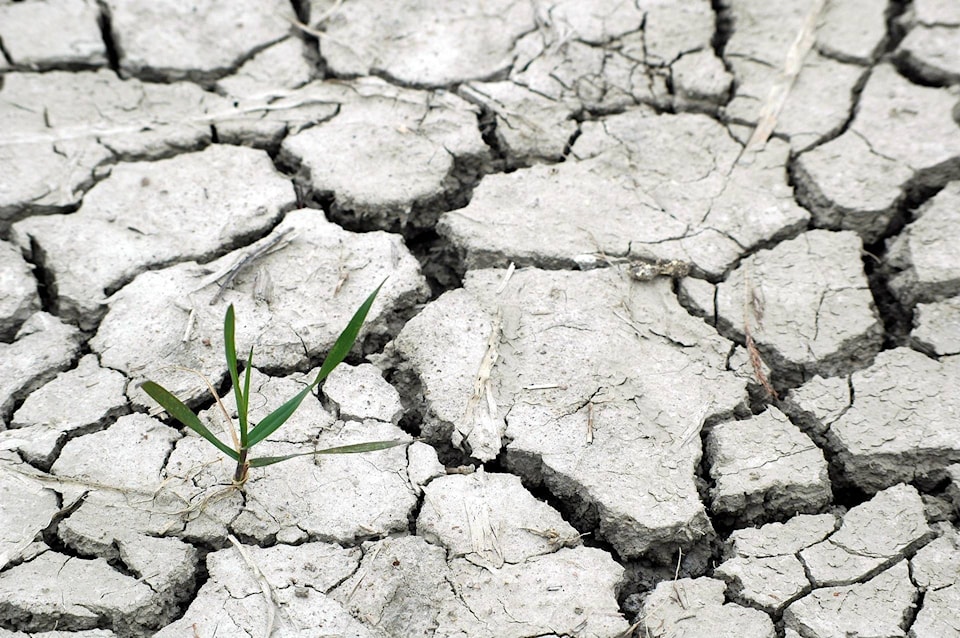After a heat dome melted temperature records for Greater Victoria earlier this summer, the region is now approaching its all-time record for days without rain.
The monitoring station at the Victoria International Airport hasn’t measured a millimetre of precipitation since June 15. That puts it just 11 days short of the all-time dry spell of 54 days, according to Environment and Climate Change Canada.
July is historically the driest month in Greater Victoria, but long-term measurements say it averages 17.9 mm of precipitation. July has also been much dryer in the last decade compared to long-term trends. It’s only surpassed the historical average of 17.9 mm once in last five years and three times in the past decade.
Greater Victoria’s June precipitation slightly surpassed its historical average, with 33.8 mm of rain recorded last month. However, it followed three spring months that each came in well under their long-term precipitation averages.
With over a month without any recorded rain, the capital region is facing a harsher drought than most of the province. Among 32 regions across B.C., Greater Victoria and the east Island are among seven areas at drought level four, according to the province. In level four – just one short of the most severe drought ranking – communities may face water shortages and the dry conditions are almost certain to cause adverse impacts on fish and ecosystems, the province said.
READ: Heat-related deaths, B.C. wildfires spur Greater Victoria doctors’ call to end pipeline construction
Last week, a B.C. bulletin said the majority of the Southern Gulf Islands, Fulford Creek on Salt Spring Island and Tetayut (Sandhill) Creek on the Saanich Peninsula are at an increased risk of water scarcity.
Jennifer Hay, an Environment and Climate Change Canada meteorologist, told Black Press Media it’s typical for Greater Victoria to have low rainfall in the middle of summer, but the conditions causing that dryness were stronger this year.
There’s a very small chance the region will see some rain over the B.C. Day long weekend, she said, but Greater Victoria residents likely won’t get relief from the dry spell until at least the first week of August.
The province has asked eastern Vancouver Island and Southern Gulf Island residents to reduce their water use wherever possible. If those conservation efforts aren’t enough and the drought continues, the province said “temporary protection orders under the Water Sustainability Act may be issued to water licensees to avoid significant or irreversible harm to aquatic ecosystems.”
READ: Catalyst reducing water flow into Cowichan River due to drought
Do you have a story tip? Email: jake.romphf@blackpress.ca.
Follow us on Twitter and Instagram, and like us on Facebook.
